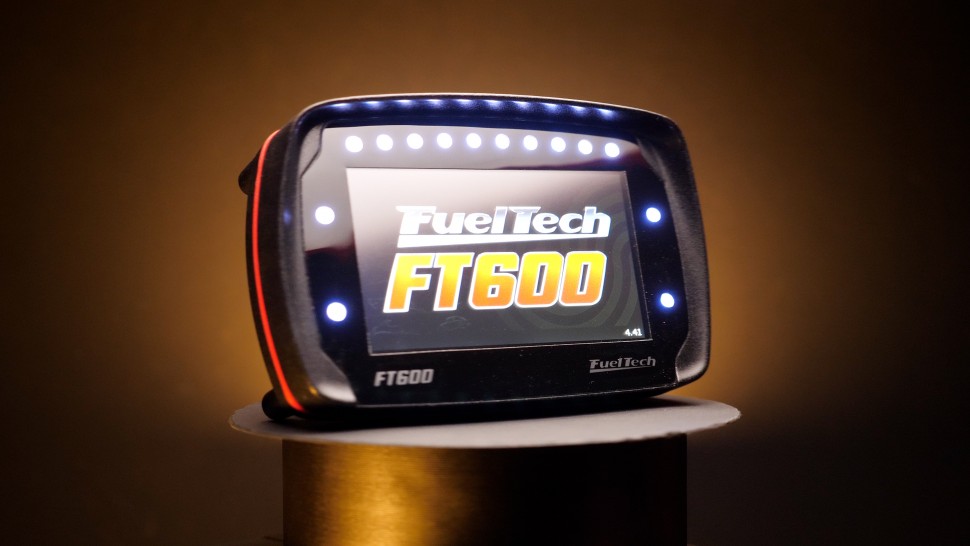| 00:00 |
CAM, CAM or Computer Aided Manufacturing, is the post process of our CAD work.
|
| 00:05 |
In simple terms, this is the software used to control CNC machines when manufacturing our designs.
|
| 00:12 |
The idea here is to open our 3D model in the CAM software and then use it to generate a toolpath for the machine.
|
| 00:19 |
The toolpath is essentially a set of instructions for the operations of the machine, telling it how to make the part from the raw stock for machining or from scratch by adding material for additive manufacturing.
|
| 00:32 |
You've likely heard the term G-code used here, which is the most widely used programming language for toolpaths.
|
| 00:39 |
But there are some variants of G-code and even more languages all being used.
|
| 00:45 |
A slicer is the name given to the CAM software used for 3D printing.
|
| 00:50 |
The name comes from how it splits the model up into a stack of layers, which are built up during the printing operation.
|
| 00:57 |
The slicer also determines all the necessary features of the printed part, such as the wall thickness, infill, being the space between the walls, any support material for overhangs, and rafts as well as skirts or brims around the base of the print to help with bed adhesion.
|
| 01:13 |
These are all controlled and adjusted by various settings that we'll dive into in a coming module.
|
| 01:19 |
All the movements to print this material and the other instructions that control the temperature of the parts of the printer are compiled into the toolpath, typically in G-code format.
|
| 01:30 |
Luckily, being able to understand or write the toolpath isn't necessary as the slicer does that for us.
|
| 01:36 |
But it's still beneficial to understand the basic idea of what's happening.
|
| 01:41 |
Different printers will require different forms of G-code.
|
| 01:44 |
Most often though, we'll be using a slicer developed by the same manufacturer as the printer, and this makes things easy.
|
| 01:51 |
We still have to set up the printer to some degree, in the software though.
|
| 01:55 |
Past this, it's possible to use other CAM software for slicing, like for example Autodesk Fusion.
|
| 02:02 |
This is primarily a CAD modelling software that has a manufacturing workspace inside, which we can use to generate toolpaths for various CNC machines, 3D printers included.
|
| 02:13 |
We'll be getting more familiar with slicers over the coming modules in this section, as well as in the practical skills section of this course.
|
| 02:20 |
So, let's summarise what we've covered so far.
|
| 02:23 |
Slicers are the CAM software for 3D printing, which create a set of instructions for each layer of the model and the printer to manufacture the part.
|
| 02:32 |
The instructions are typically in G-code format, and as long as we're using the correct slicer with the relevant printer details, the rest is a simple matter of choosing the correct print settings for our project, which we'll be covering soon.
|





